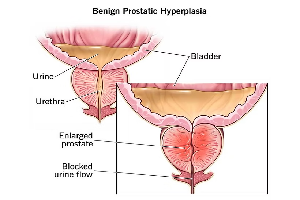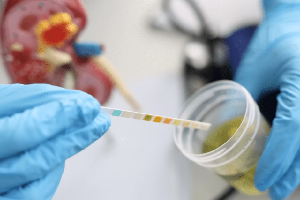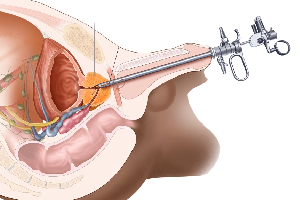
Prostate enlargement, also known as benign prostatic hyperplasia (BPH), is a common condition affecting men as they age. This non-cancerous enlargement of the prostate gland can lead to uncomfortable urinary symptoms and, if left untreated, can cause complications. Understanding BPH, recognizing its symptoms, and knowing the available treatments can help manage this condition effectively.
The prostate gland, which is part of the male reproductive system, surrounds the urethra—the tube that carries urine from the bladder out of the body. As men age, the prostate can grow larger, often leading to BPH. This growth can compress the urethra, causing urinary difficulties. BPH is a common condition, especially in men over 50, and is not linked to prostate cancer.
The exact cause of BPH is not well understood, but several factors are thought to contribute:
Symptoms of BPH can vary, but common signs include:
These symptoms can affect the quality of life and lead to complications like urinary tract infections (UTIs), bladder stones, and in severe cases, kidney damage.

Diagnosing BPH involves a combination of medical history, physical examinations, and tests:

Treatment for BPH depends on the severity of symptoms and their impact on the patient's life. Options range from lifestyle changes and medications to minimally invasive procedures and surgery.

TURP
Transurethral resection of the prostate, commonly known by the acronym TURP, is basically a surgical procedure carried out to treat urinary issues stemming from an enlarged prostate.